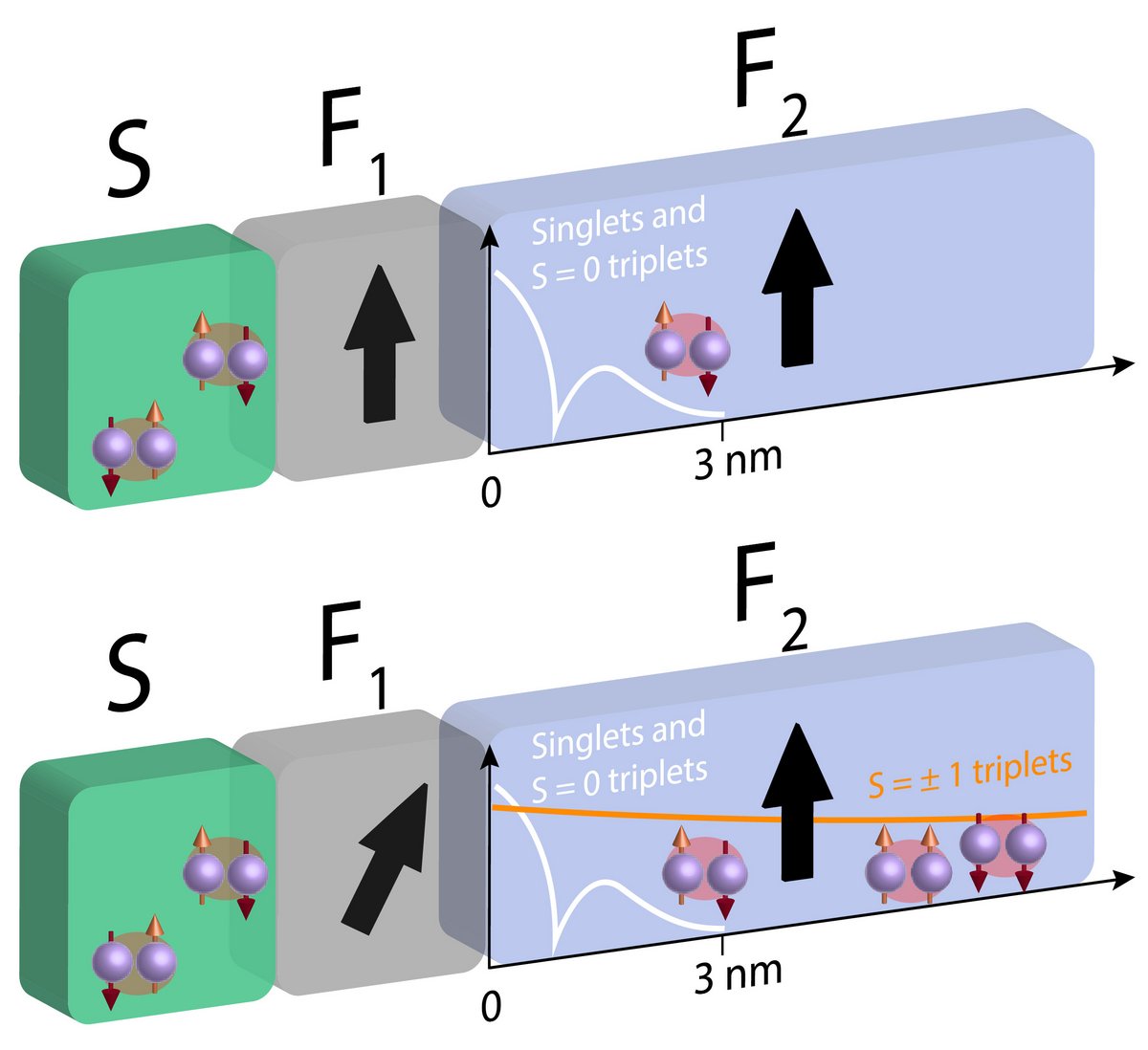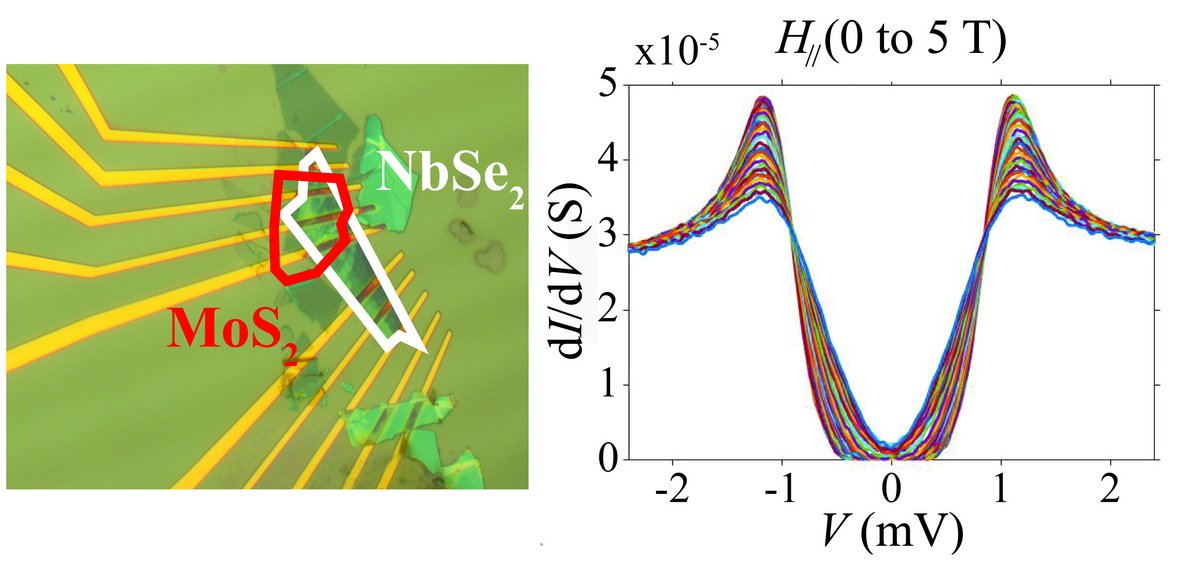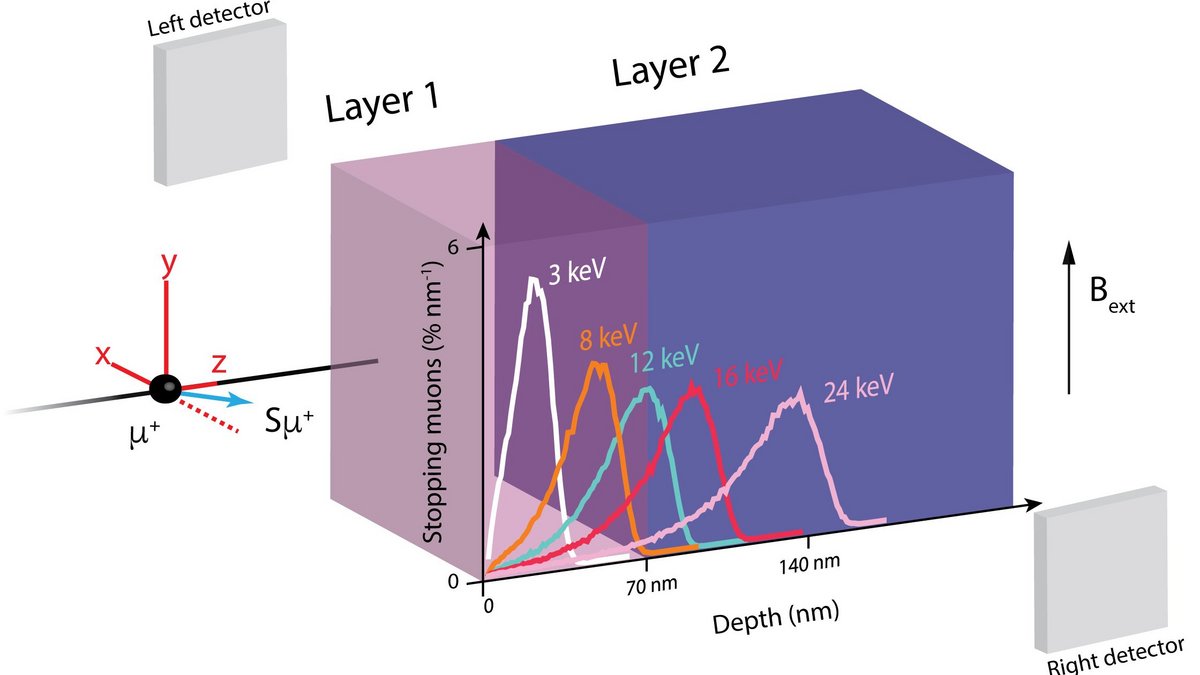Research projects

The research activity of the group of prof. Di Bernardo concerns the investigation of unconventional phenomena and physical effects emerging from the coupling of materials with radically-different properties like, for example, superconducting and magnetic materials.
The research group has expertise in the synthesis of a variety of quantum material hybrids combining materials in different forms such as single crystals, thin films, and van der Waals flakes. In addition to using their lab facilities for the characterisation of the structural and magnetotransport properties of these hybrids (down to low temperatures), prof. Di Bernardo and his group are also interested in an in-depth characterization of the physics emerging at the interfaces or surfaces of these material systems. To this purpose, the group uses a variety of local magnetometry or spectroscopic techniques to which they have regularly access either via external collaborators (e.g., low-temperature scanning tunneling spectroscopy, nitrogen-vacancy magnetometry, SQUID-on-tip) or via beamline facilities (e.g., low-energy muon rotation spectroscopy, X-ray magnetic circular dichroism, Resonant inelastic X-ray scattering, ultrafast THz pump-probe spectroscopy).
Once novel physical effects are discovered, the group then engineers and fabricates nanoscale-size devices based on the hybrids that host these effects. Another main goal of the group is in fact to develop devices that can support information transport with low energy dissipation, and find applications in energy-efficient high-performance computing or in emerging quantum technologies.
For further information about the projects listed and other projects currently ongoing in the group, please feel free to contact Prof. Di Bernardo via email.
S/F heterostructures down to the 2D limit
Abstract
The recent advent of 2D van-der-Waals (vdW) heterostructures combined with the possibility of exfoliating vdW materials down to the 2D limit paves the way for the investigation of superconducting systems in the two-dimensional (2D) regime. Based on our previous experience and results on materials systems and devices for the generation of spin-triplet states in three-dimensional (3D) thin film superconductor/ferromagnet (S/F) heterostructures, we are currently investigating S/F systems based on 2D materials.
The spectroscopic properties of 2DS/2DF systems are characterised using a combination of low-temperature scanning tunneling microscopy and tunnel junctions with a 2D transition metal dichalcogeneide barrier. In addition, we are charactericing the magnetotransport properties of 2DS/2DF combinations, with the aim of fabricating superconducting spintronics devices with novel properties and functionalities compared to their 3D equivalent. These projects are carried out in collaboration with Dr Steinberg from the Racah Institute of Physics, Prof. Ferrari from the Universtiy of Cambridge, and Prof. Scheer and Prof. Belzig from the University of Konstanz.

Unconventional superconductivity and magnetism probed by low-energy muon spectroscopy (LE-μSR)
Abstract
The interplay between superconductivity and ferromagnetism can give rise to unusual tantalising physical phenomena. Using the high sensitivity of spin-polarised muon particles to magnetic fields (< 0.1 Gauss), we can detect unconvetional states originating from superconductivity and its interplay with magnetism, and study their depth dependence in multilayer thin film samples by varying the muon implantation energy in LE-μSR. Some of the ongoing projects concern study of magnetic states in metal-oxide materials (or combinations thereof) or in elemental superconductors with molecules. The beam time for each of these projects is awarded as result of a competitive application process at Paul Scherrer Institute (PSI) for beam time allocation, and it is done in collaboration with Dr Zaher Salman (main collaborator and support beamscientist at PSI), in addition to many other scientific partners from all around the world.

